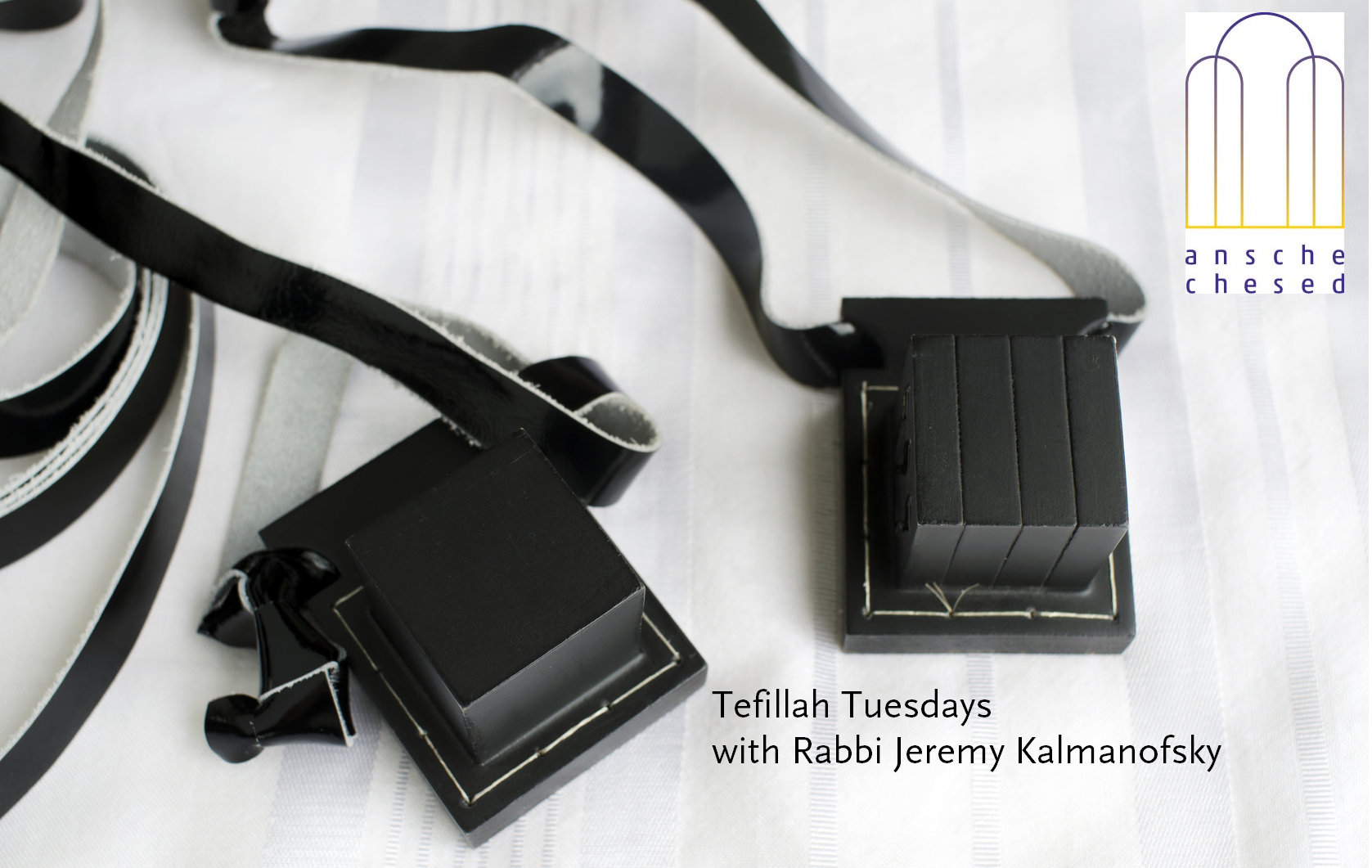Heschel famously summed up the difference between the spiritual life of modern, Westernized Jews and their pre-modern (whenever and wherever they lived) forebears:
“To Kabbalah and Hasidism the primary problem was how to pray; to the modern movements, the primary problem was what to say.” [Quest for God, 83]. In Heschel’s view, we shouldn’t worry so much about whether the words exactly match our ideologies. They are not prose, but poetry, so they must sing, not orate, using figures and images, not discursive arguments. These classical prayer texts have souls, he said, and to pray, you must open your hearts to perceive them. For that, Heschel wrote, “what we need is a sympathetic prayer book exegesis.”
Davening plays a huge role in my own spiritual life. I wouldn’t make it through each day without tefillah from the classical siddur. To share some of what I love about this text, I will share brief weekly reflections – notes, kavanot, meditations – about the prayer and liturgy, beginning at the beginning of morning worship. I hope some of this will touch your own davening.
________
Once, the local authorities banned the Polish Jews from wearing their customary clothes. Some among the Hasidim wondered whether this anti-Jewish decree warranted resistance even unto martyrdom [as suggested by Talmud Sanhedrin 74b]. But the Kotzker Rebbe calmed their excessive fervor: “There is no ‘Jewish clothing’ save for tallis and tefillin”
Indeed, tallit and tefillin are our uniforms for worshipping as Jews. As doctors, cops, and judges successfully function partly thanks to their special professional outfits, so the praying Jew is readied for sacred experience partly by these adornments. [And not just males; every morning at minyan I rejoice to see several women wrapping tefillin.] Maimonides vividly describes the model sage, exemplary in interpersonal conduct, devoted to Torah, “enwrapped in fringed garment and crowned [מוכתר] in tefillin” [Torah Foundations, 5.11].
Wrapping tefillin is my personal favorite ritual mitzvah, because of its “physical graffiti.” You probably know that Judaism forbids tattoos. [Leviticus 19.28. Please remind your offspring.]
But one [temporary] tattoo is actually required: inscribing the words of Shema Israel on your arm and head. The point is not the leather cubes. The point is that those boxes contain a hand-scribed text: the Torah verses affirming God is One. When you wrap the tefillin, metaphorically, you’re transforming your body into the very scroll on which the Shema is written.
Inscribing God’s name upon your body is recorded in many Jewish texts and contexts. The Talmud [Yoma 8a], for instance, wonders about how a person should immerse in the mikveh if the divine name is written on his flesh. [Tie some reeds over the inscription.]
Where would you get the idea to write God’s name on your flesh? See Isaiah 44.5: זה יכתוב ידו לה
“One person will write upon his hand ‘I belong to the Lord.’” Inscribing the Name and divine oneness upon your body is an act of devotion, offering the self to heaven: I belong to You, body and soul.
Tefillah Tuesday: The Physical Graffiti of Tefillin





